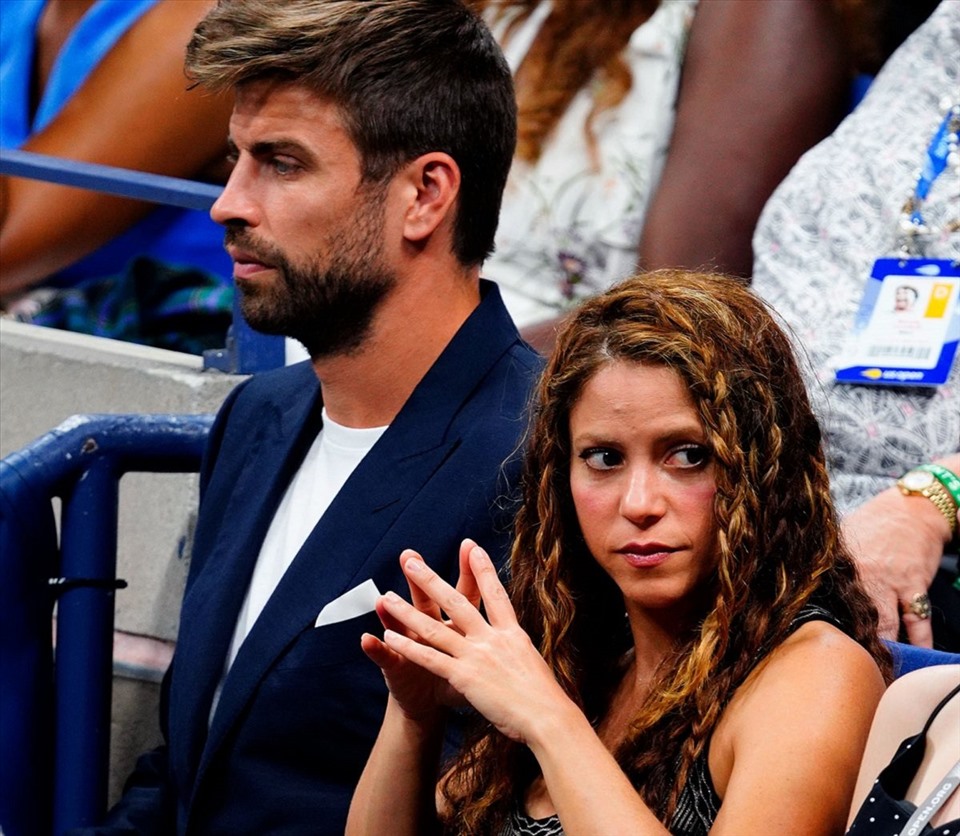For years, Shakira and Gerard Piqué were the picture-perfect couple – a global superstar and a world champion footballer, admired as much for their glamorous relationship as for their individual talents. Fans believed they had it all: love, family, and careers that defined their generation. But when the fairytale came crashing down, the breakup was anything but quiet. And what Shakira did next stunned the world.

Instead of silence, she chose music as her weapon. In a move that left fans gasping, Shakira dropped a fiery “diss track” that directly targeted her ex-partner. With razor-sharp lyrics and no attempt to mask her meaning, the Colombian icon unleashed her anger in the only way she knows best: through rhythm, poetry, and a dose of ruthless honesty. The song didn’t just chart worldwide – it became a cultural earthquake, sparking debates about betrayal, revenge, and whether the superstar had gone too far in airing her dirty laundry for all to hear.
“Las mujeres ya no lloran, las mujeres facturan,” she declared – “Women don’t cry anymore, they cash in.” With that single line, Shakira flipped heartbreak into empowerment, telling the world that pain could be turned into profit. But behind the empowering message, the sting of the words was undeniable. She compared herself to a Rolex and a Ferrari, while accusing Piqué of trading her in for a Casio and a Twingo. The metaphors were brutal, and the meaning was crystal clear: Shakira wasn’t just moving on – she was dragging Piqué’s name through the mud, one beat at a time.

The public reaction was electric. Millions applauded her boldness, calling her the ultimate queen of revenge. Social media exploded with memes, TikToks, and endless debates. Young women around the globe shouted her lyrics like an anthem, cheering for her audacity to reclaim her narrative in an industry where women are often told to remain silent. For them, Shakira had not just spoken her truth – she had given them permission to scream theirs.
But not everyone was impressed. Critics accused her of being petty, of humiliating the father of her children in front of the entire world. Was this empowerment, or just vengeance dressed up as art? Some argued that by airing such private matters in a global hit, she risked overshadowing her artistry with tabloid spectacle. “It’s one thing to heal through music,” one critic wrote, “but it’s another to weaponize your platform against someone who will forever be tied to you through your kids.”
Meanwhile, Piqué himself responded in his own way – appearing in public with a Casio watch and driving a Twingo, turning Shakira’s insults into ironic statements of pride. For many, his reaction only fueled the flames, making the breakup feel more like a never-ending performance than a private separation. And in the background, their children stood at the center of a storm neither asked for.
The drama surrounding Shakira’s diss track highlights a deeper cultural question: where is the line between personal catharsis and public attack? Is it fair for artists to turn their relationships into lyrics, even if it risks humiliating their former partners? Or is this simply the price of dating someone whose entire life plays out on the global stage?
One thing is undeniable: Shakira has proven, once again, that she is more than a singer. She is a force, a storyteller who refuses to soften her words for anyone’s comfort. Whether you see her diss track as a masterpiece of empowerment or an act of vindictive revenge, it has cemented her place as one of the most fearless voices in music today.
And yet, the question lingers: was this her ultimate victory over Gerard Piqué, or the start of a feud that will haunt them both for years to come? The answer, like her lyrics, cuts deeper than anyone expected.





